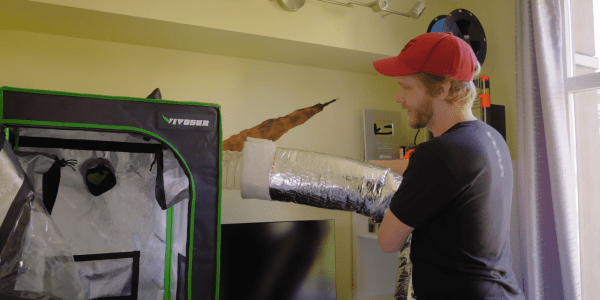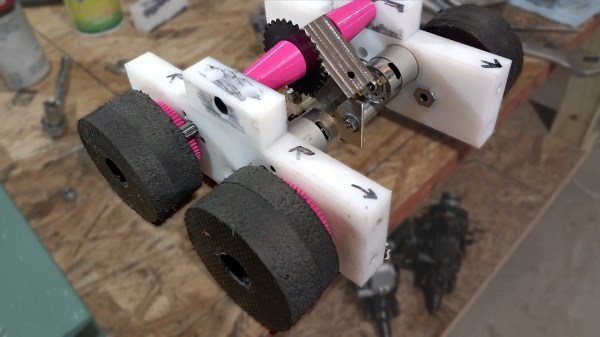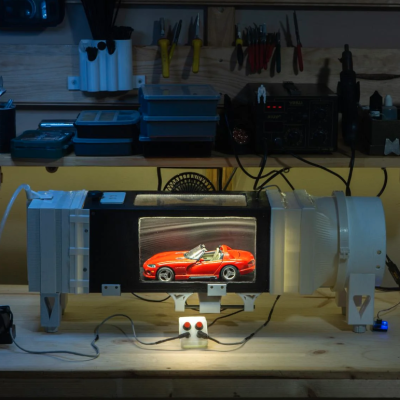Here at Hackaday, we are big proponents of using the best tool for the job (or making your own tool if required). But when all you know how to use is Java, everything looks object-oriented. Bad jokes aside, it is important to have many tools at your disposal to allow you to choose wisely. Why not spend a few minutes with [No Boilerplate] and understand the basics of Rust?
The focus of the video is to go through as much Rust as possible and teach you how to read it. The idea is that rather than work your way from basic concepts, [No Boilerplate] will go over the vast majority of what you’ll see in a Rust-based program. Whether you’re coming from an object-oriented, functional, or just plain C-based background; you’ll feel comfortable since he makes an effort to compare to what you already know. Some of Rust’s more unique features are covered such as mutability, scope, matching, and strings. However, lifetimes, closures, and traits were left out to keep the video short. These topics are covered in an excellent blog post by [Faster than lime] which this video was based on.
What isn’t discussed is running Rust in a no-std environment like a PIC32. Rust has seen exciting development over the past few years with the Linux kernel getting rusty and the compiler getting continually better. Video after the break.























